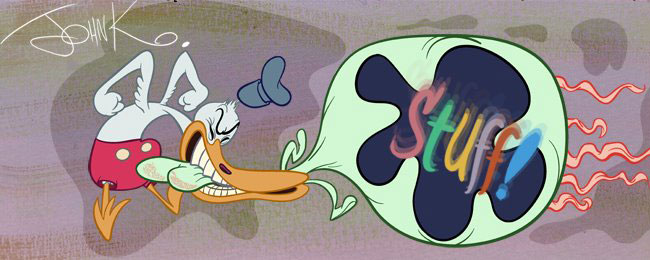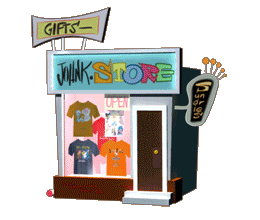 Retarded, yet alert and obedient to responsibility.
Retarded, yet alert and obedient to responsibility. Retarded in automatic response mode.
Retarded in automatic response mode. Dreamy version of automatic response retard.
Dreamy version of automatic response retard. Eager to share a secret idiotic thrill.
Eager to share a secret idiotic thrill. Slow realization of a new and wondrous sensation; not sure whether it is good or bad yet.
Slow realization of a new and wondrous sensation; not sure whether it is good or bad yet. Nervous and guilty but having an uncontrollable urge to admit a dirty secret.
Nervous and guilty but having an uncontrollable urge to admit a dirty secret. Admitting the sheer joy of a shameful pleasure.
Admitting the sheer joy of a shameful pleasure. The face of ecstasy you make only when snugly immersed in wet litter.
The face of ecstasy you make only when snugly immersed in wet litter.Specific expressions can't be described as clearly and distinctly as they can be drawn. "A picture is worth a thousand words" - unless the picture is generic.
These kinds of expressions would not be created at the model sheet stage by a designer. The designer can't anticipate every scene of a cartoon and all the emotions a character will experience. Specific expressions have to be created by either the storyboard artist, the layout man, director or animator. They are customized to the character and each specific moment within the story.
If you are working on a production where everyone has to stick to the model sheets, then your cartoon will not have specific expressions. It will have pre-designed generic expressions.
This makes most cartoons less interesting on an acting level than live action. Real people do not have a mere handful of pre-determined expressions created by someone else. They have their own unique myriad of expressions and can make them spontaneously with little effort. We cartoonists don't have it so easy. We have to imagine each expression and then figure out how to draw it - a very unnatural procedure. This might explain why it hardly ever happens.

